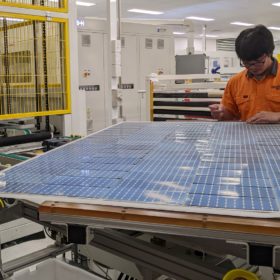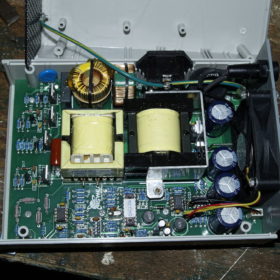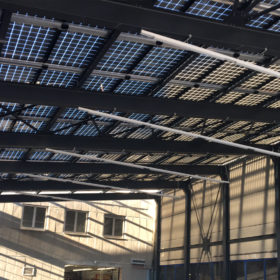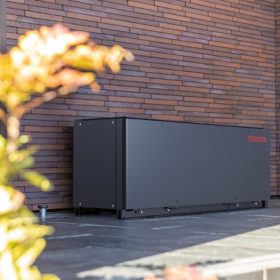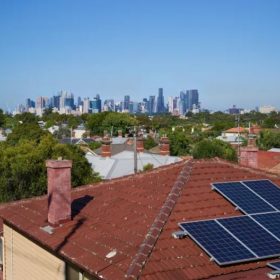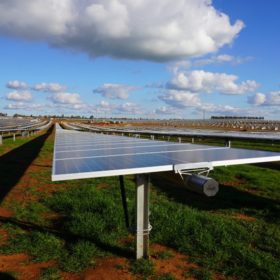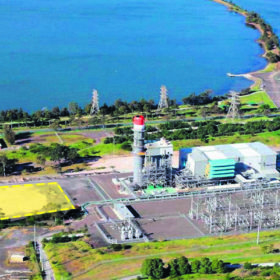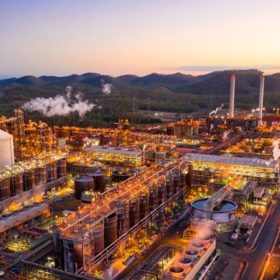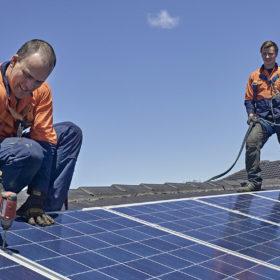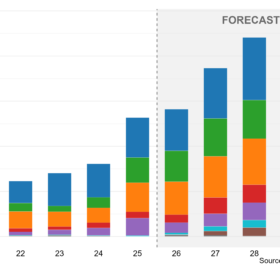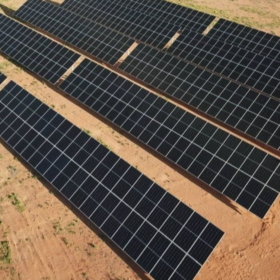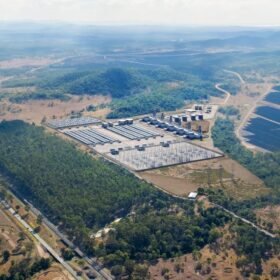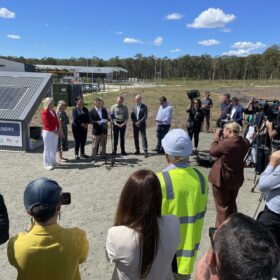Tindo Solar offers working-capital solution for installers
Solar installers and resellers can now access up to $250,000 on interest-free terms to increase their stocks of Australian-made solar panels after PV module manufacturer Tindo Solar teamed with business financer Moula Pay.
New model for grid-forming inverter operation
Scientists in the United States have developed a new model to allow utilities to use grid-forming inverters in order to better manage renewable energy intermittency. They describe the inverter main circuit representation, the droop control, and the fault current limiting function.
Megasol reveals new solar PV in-roof system
Swiss module manufacturer Megasol has unveiled a novel rooftop PV system in two variants — full-black and translucent. The installation consists of vertical supports, a ridge profile, and solar modules.
Toyota unveils 8.7 kWh battery for residential applications
The battery has a rated output of 5.5 kW and can be installed in outdoor environments. It is equipped with a hybrid power conditioner, a DC-to-DC converter, and a vehicle power supply adapter with a maximum output of 1.1 kWh.
Powercor plans community battery to boost rooftop solar
The rollout of rooftop solar in the western suburbs of Melbourne is set to get a boost with Victorian network service provider Powercor identifying the site where it will install a community battery that is expected to unlock more than 129MWh of solar PV hosting capacity.
Prime Infra plans massive 3.5GW solar farm for Philippines
Philippines-based Prime Infrastructure Holdings has unveiled plans to construct a massive solar farm and energy storage project featuring up to 3.5GW of PV backed by up to 4.5GWh of battery energy storage in the Southeast Asian nation.
NSW calls for investor interest in Illawarra energy zone
The New South Wales government has invited registrations of interest from renewable generators, energy storage and network developers, and existing and proposed energy loads, to participate in shaping a renewable energy zone to be established in the Illawarra region on the state’s south coast.
Rio Tinto targets large-scale solar as part of shift to renewables
Resource sector heavyweight Rio Tinto has called for proposals to develop an estimated 4GW of large-scale wind and solar farms and firming capacity in central and southern Queensland as it progresses plans to power its aluminium operations in the state with renewable energy.
Wine not? Treasury Wine Estates set to install 9,500 solar panels
Penfolds owner Treasure Wine Estates will install more than 9,500 solar panels across its Barossa and Karadoc wineries as the company seeks to become 100% renewable by 2024. To achieve that goal the company says it is preparing to install 29,000 solar panels across its vineyards worldwide, while also purchasing offsite renewables.
NSW rolls out residential solar program for estimated 1 million homes
About 1 million New South Wales households will be able to apply for an upfront payment of almost $3,000 to put towards a solar system or energy-saving upgrades to home appliances as part of a new state government program designed to reduce energy bills as power prices soar.
